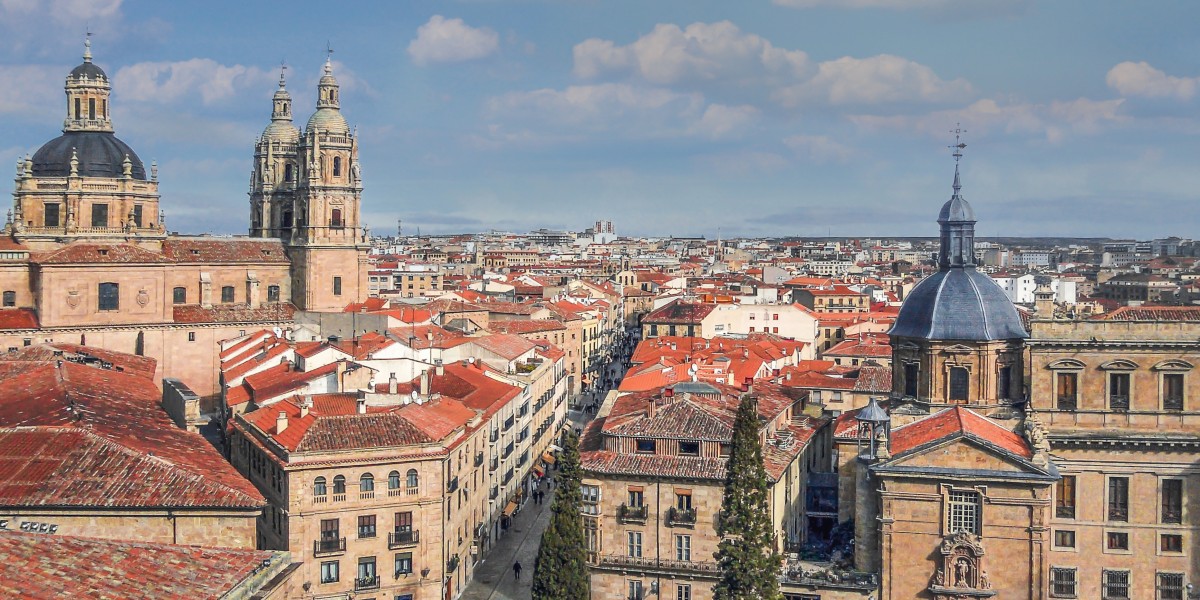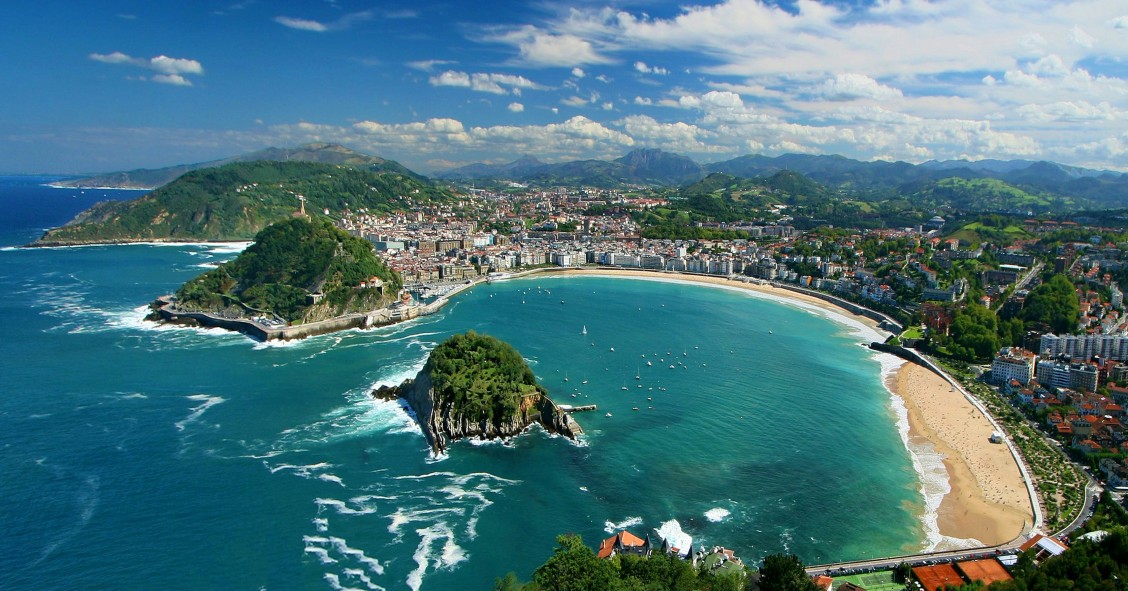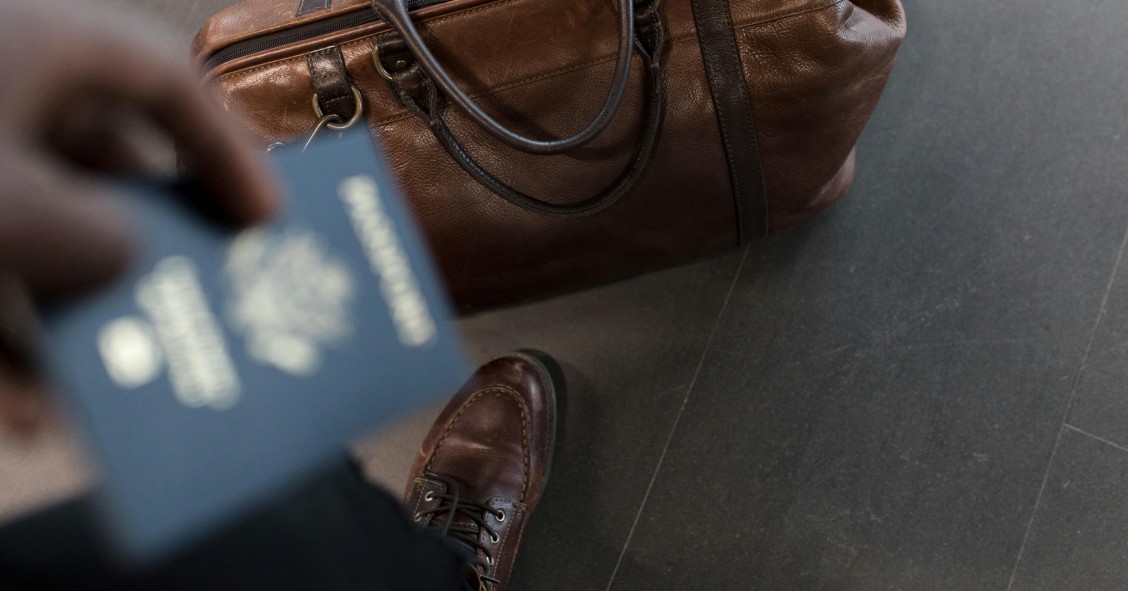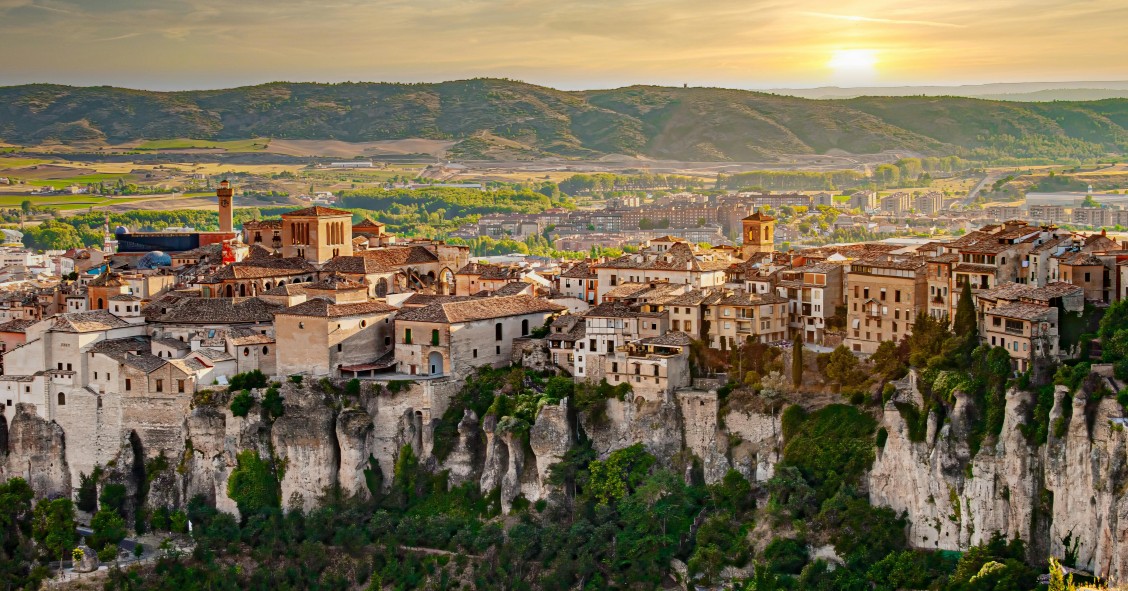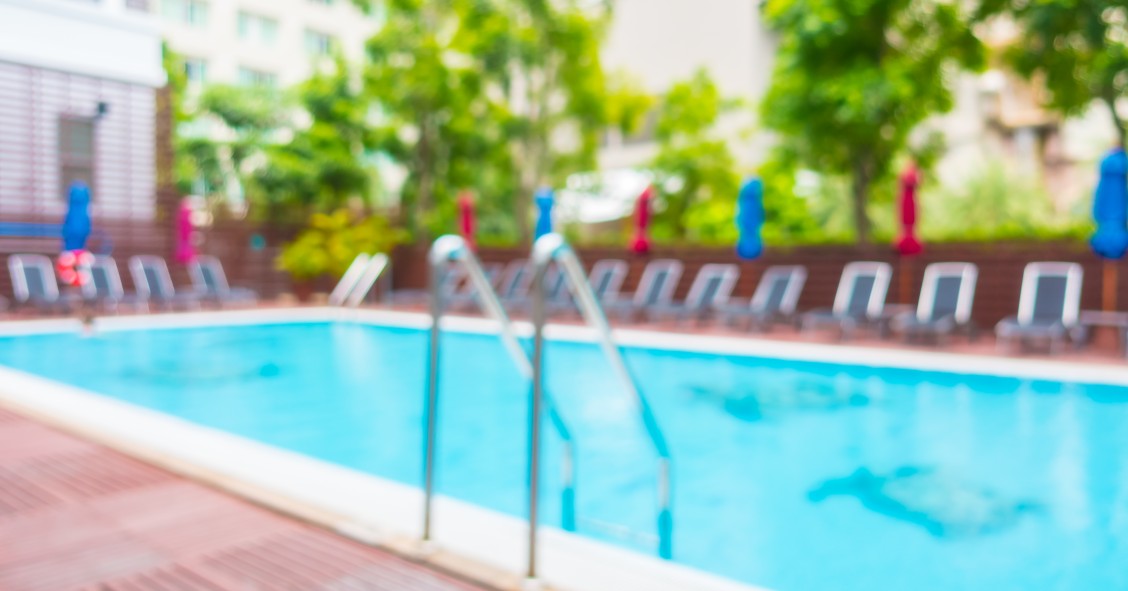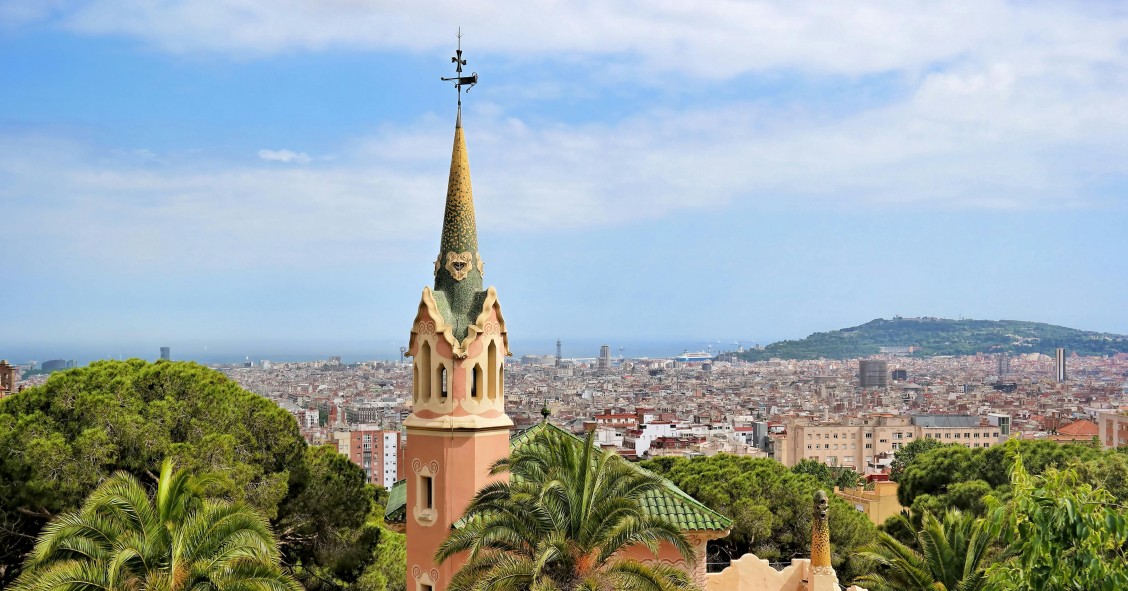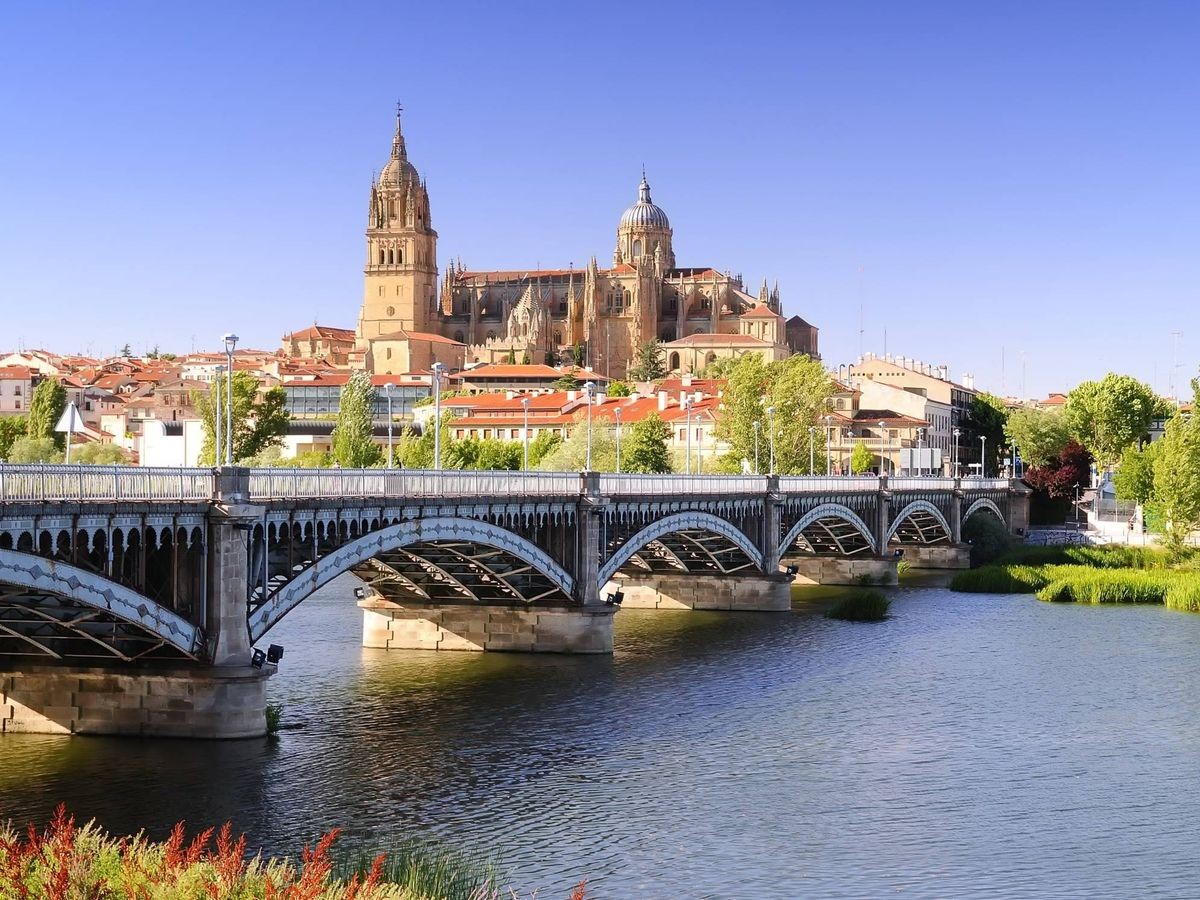
Salamanca is a city renowned for its impressive cultural and architectural heritage. Located in the heart of Castile and León, this city, famous for its university and rich history, invites you to immerse yourself in centuries of tradition and knowledge. Discover what to see in Salamanca and explore one of the jewels of Castile and León.
Salamanca's history
Salamanca is one of the oldest and most historic cities in Spain. Its origins trace back to the Vettones, although it was the Romans who established it as a significant hub on the Vía de la Plata (silver route). During the Middle Ages, the city flourished due to its strategic location, and in 1218, Alfonso IX of León founded the renowned University of Salamanca, the oldest in Spain.
For centuries, this centre of knowledge attracted notable thinkers such as Fray Luis de León and Miguel de Unamuno. In the centuries that followed, it witnessed key historical events, including the Peninsular War against Napoleon, which left a lasting mark on its architecture. Today, the city seamlessly blends its historical heritage with a vibrant university and cultural life.
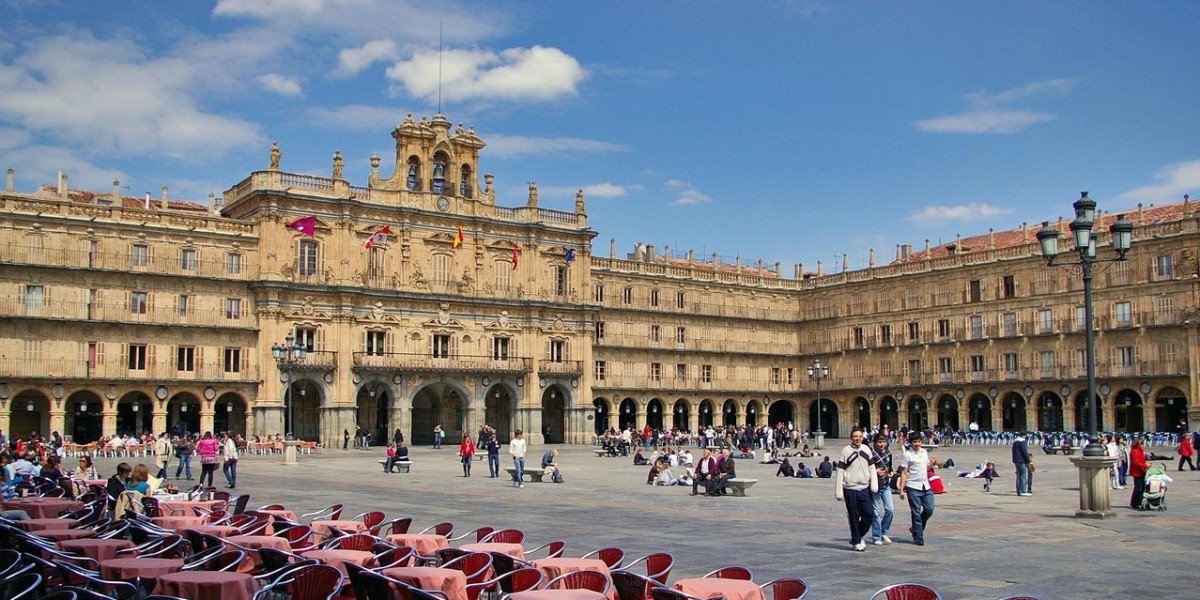
What to see in Salamanca in one day
Here are a few points of interest if you're wondering what you can visit in Salamanca in one day without missing the essentials.
- Plaza Mayor: The beating heart of the city, this is the perfect place to start your tour. It's one of the largest in Spain and a must-see in Salamanca.
- University of Salamanca: A benchmark of knowledge and tradition in Spain with a unique façade.
- New Cathedral and Old Cathedral: A monumental duo that reflects the city's architectural evolution. It is free to enter Salamanca Cathedral on Tuesday afternoons.
- Casa de las Conchas: With its unique shell-adorned façade, it is a true historical treasure.
- Roman Bridge: A vestige of the past that unites history with the natural surroundings of the Tormes River.
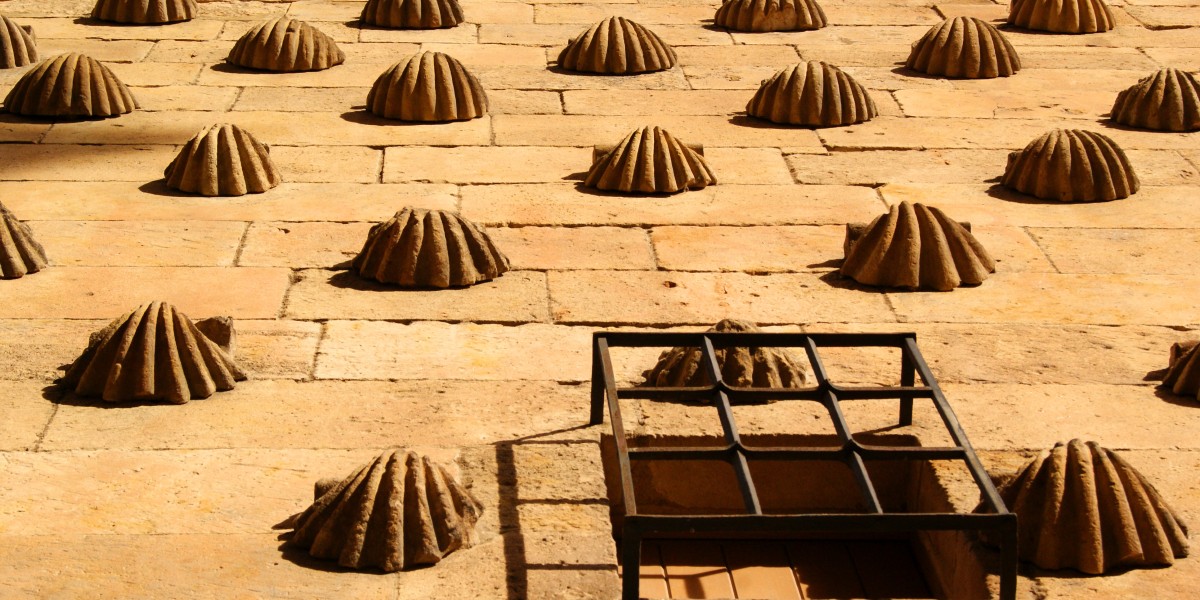
What to see in Salamanca in two days
If you're wondering how long it takes to visit Salamanca, two full days are usually sufficient to fully experience the essence of this historic city. With an extra day, you can explore these additional destinations.
- Calixto and Melibea's Garden: A legendary garden that inspires romantic love stories.
- La Clerecía: From its imposing tower, you can admire an unforgettable panoramic view of the city.
- Art Nouveau and Art Deco Museum (Casa Lis): A cultural space that reveals late 19th-century art and design.
- Convent of San Esteban: A place of spirituality and architecture that narrates part of Salamanca's religious legacy.
- Salina Palace: An elegant Renaissance building with an intriguing history and a unique arcaded courtyard.

What to see in Salamanca with children
Salamanca is an ideal city to visit with children. A great starting point is La Alamedilla Park, a green space with playgrounds, ponds and even a small farm with ducks and turtles. Another fun option is to explore the city on the tourist train. The Museum of Automotive History also captivates children with its collection of vintage cars and unique models.
The Huerto de Calixto y Melibea is also highly recommended, where children can run through beautiful gardens while enjoying spectacular views. For those interested in science, the Casa de las Ciencias offers interactive exhibits. And, of course, the traditional frog hunt in front of the University is an essential activity for all visitors.
What to eat in Salamanca
Salamanca's cuisine is renowned for its high-quality ingredients and traditional dishes bursting with flavour. One of the must-try specialities is Guijuelo Iberian ham, regarded as one of the finest in the world. Another local favourite is hornazo, a delicious puff pastry filled with cured meats such as chorizo, pork loin and ham.
Other dishes you shouldn’t miss include chichas or jijas (marinated and fried pork) and chanfaina, a hearty stew made with rice, meat and spices. For those who enjoy comfort food, meneás potatoes with pork scratchings offer a satisfying and tasty option, perfect for winter.
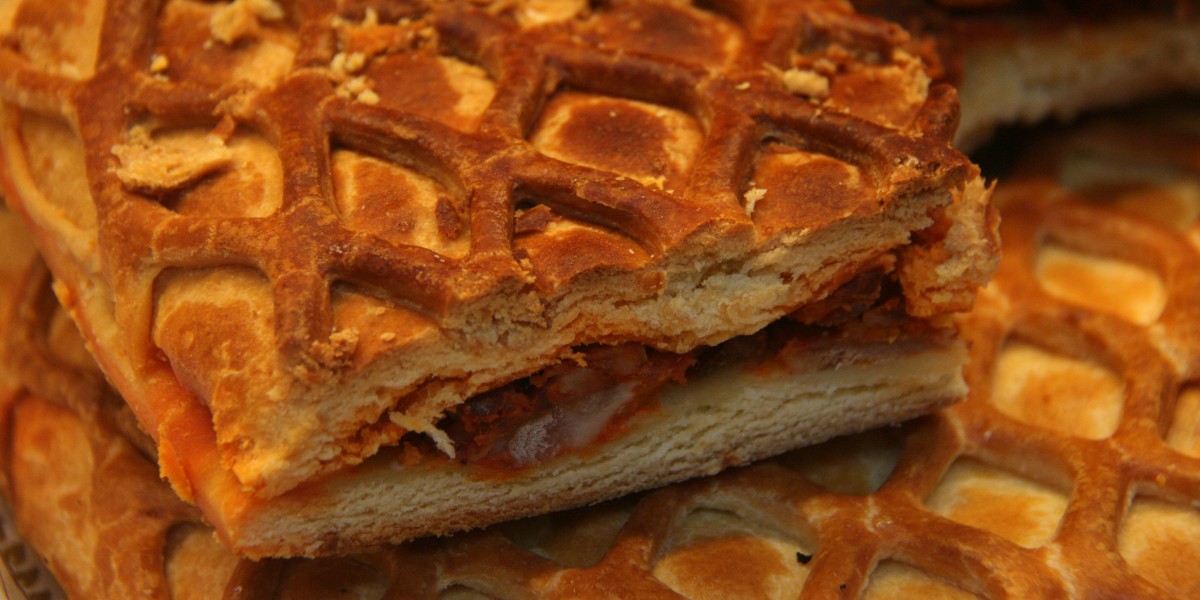
How to get to Salamanca
Salamanca is known for its accessibility and excellent connections to the rest of Spain, making travel convenient through various modes of transportation.
- By car: It is connected by several highways and motorways that allow direct access. The A-66 (Silver Route) or the A-50 offer quick access. From Madrid, it will take two and a half hours.
- By bus: Several companies offer regular routes departing from nearby cities, such as Valladolid or Madrid.
- By train: Salamanca station connects with national routes. Although it doesn't have high-speed trains, there are Alvia services.
- By plane: Salamanca has a small airport in Matacán, with flights from Palma and Gran Canaria. Other nearby airports include Valladolid and Madrid.

Salamanca's surroundings
Salamanca's charms extend beyond its city centre. Its natural surroundings and historic towns provide perfect options for a day trip, allowing you to explore rural landscapes and local traditions.
- Ciudad Rodrigo: A walled town that preserves the charm of the Middle Ages.
- Béjar: A mountain destination with a rich textile heritage, historic streets and the La Covatilla ski resort.
- La Alberca: A picturesque village, perfect for enjoying the mountain atmosphere and rural tranquility.
- Sierra de Francia Natural Park: Offers hiking trails and panoramic views for nature lovers.
- Arribes del Duero Natural Park: Located on the border with Portugal, it stands out for its canyons and riverside landscapes.
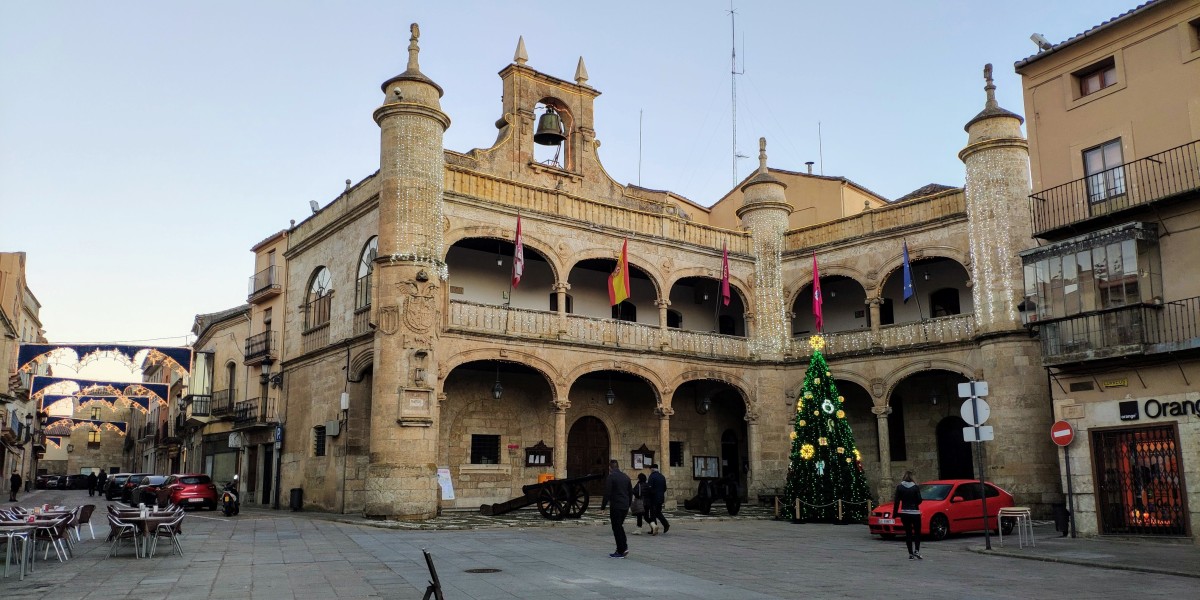
Living in Salamanca
Living in Salamanca means immersing yourself in a city that harmoniously blends historical grandeur with modern vibrancy. Its university atmosphere, rich cultural offerings and deep-rooted traditions come together to create a welcoming environment full of opportunities for young people, families and professionals alike. The high quality of life is reflected in its social, culinary and educational scene, making Salamanca an ideal place to settle and thrive.
